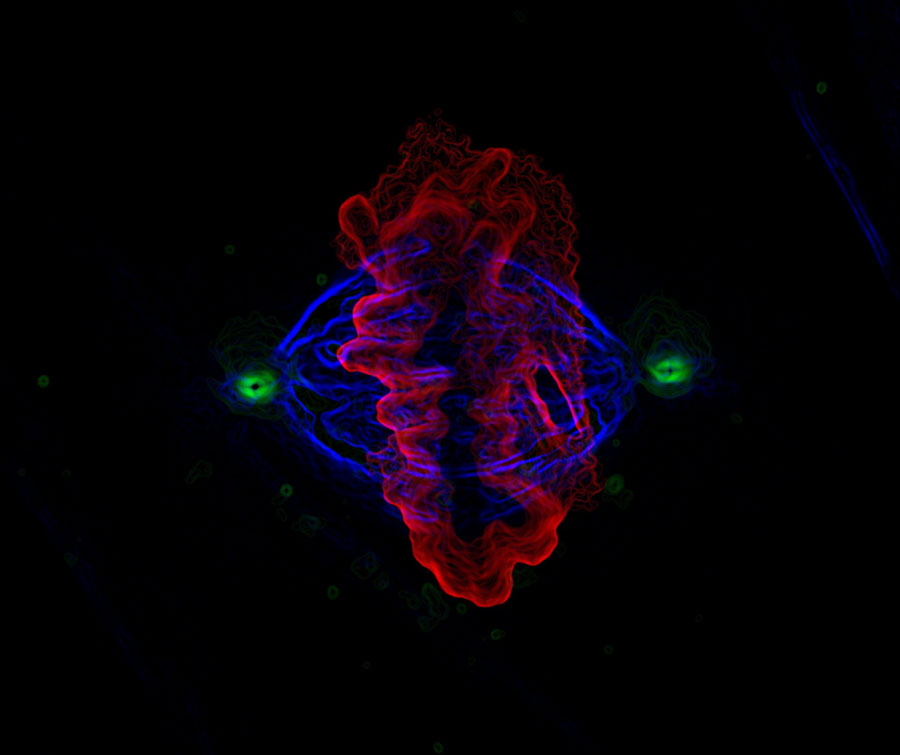

Science is evolving rapidly, driving the need for NICHD to update its strategic plan. In January 2018, the institute embarked on a process to accomplish this goal that was transparent, focused on science, guided by evidence, and informed by NICHD’s stakeholders. The overarching goal of the process was to identify scientific priority areas in which NICHD can lead, ultimately providing a strategy for NICHD-supported research to improve the health of its primary populations: children, women, and people with disabilities.
The strategic planning process entailed five phases:
- Pre-planning
- Review of programs, data, and analyses
- Input from internal and external stakeholders
- Data review and refinement
- Finalizing and publishing the plan
The following are key activities undertaken during these five phases.
Pre-Planning
NICHD established an internal Strategic Planning Committee to coordinate and manage the process. In addition, a Strategic Planning Working Group (Working Group), comprising 27 NICHD staff members and 53 external participants, was created to inform the early phase of the strategic planning effort. The external members of the Working Group were chosen to represent the range of NICHD’s research portfolio, including scientists and laypeople with multidisciplinary expertise; a third of the group were young investigators. This group contributed ideas on NICHD’s scientific focus areas and on potential research priorities, training and partnership opportunities, and support of emerging technologies.
To facilitate transparency, NICHD established this public-facing strategic plan website. The site provides a platform to inform the public about the purpose and rationale for a new strategic plan and to provide progress updates. The site offered several ways for the public to actively participate in the process, including a mailbox (NICHDStrategicPlan@nih.gov) to receive and respond to public questions and comments and a social media hashtag (#NICHDStrategicPlan) to initiate categorized online conversations on the planning process via Facebook, Twitter, Instagram, and other sites.
Review of Programs, Data, and Analyses
NICHD reviewed the following programs, data, and analyses to help inform the strategic planning process:
- NICHD’s statutory authority and legislative requirements
- NICHD Vision and Visioning Process from 2010
- NICHD Division of Intramural Research Strategic Plan
- NICHD Division of Intramural Population Health Research Strategic Plan
- Analysis of the current NICHD portfolio
- Review of the NICHD budget and financial obligations
- Analysis of the impact of NICHD-funded research programs
- Analysis of the impact of publications resulting from R01 projects funded by NICHD
- Analysis of the success of NICHD research project grants in specific study sections
- NIH Research Plan on Rehabilitation
- Review of the impact of partnerships in which the institute participates
Input from Internal and External Stakeholders
In fall 2018, the results from these analyses were presented to the National Advisory Child Health and Human Development (NACHHD) Council (one of the institute’s federal advisory committees), the Working Group, the Friends of NICHD (a coalition of not-for-profit organizations and professional societies), and the general public. These data helped set the stage for substantive and informed discussions with NICHD’s stakeholders about the scope and impact of the institute’s research portfolio.
Data Review and Refinement
Based on the input and analyses from the earlier phases of the process, an initial set of scientific research themes was assembled for review and refinement by NICHD intramural and extramural staff members. An internal Planning Committee reviewed the proposed themes from the intramural and extramural teams and compiled a draft set of six research themes. These themes were then incorporated into a Request for Information (RFI) that was published in the NIH Guide in January 2019 to solicit public input. The RFI received a robust public response, with 924 total replies. View a summary of RFI responses (PDF 86 KB).
The draft research themes from the RFI were also presented to the NACHHD Council for feedback in winter 2019. The Planning Committee reviewed all suggestions and recommendations from the RFI and Council and then further revised the research themes, narrowing them from six to five.


Finalizing the Plan
The last phase of the process involved deliberations among NICHD leadership on the public health priorities that the institute will address over the next five years. Consideration of these public health priorities informed further refinement of the specific objectives to advance the research themes. NICHD leadership and staff also met to articulate how the institute will continue to enhance scientific stewardship, as well as how to improve management and accountability practices to ensure efficient use of taxpayer resources. These discussions included measures to assess progress of the new strategic plan.
Future Progress
The institute considers the strategic plan to be part of an ongoing discussion with its many research communities and stakeholders. Over the next five years, NICHD will provide regular updates on its progress on these research priorities and on efforts to improve scientific stewardship, management, and accountability of resources, recognizing that a public health crisis or changes in the scientific landscape may necessitate adjustment of these priorities and goals.
 BACK TO TOP
BACK TO TOP